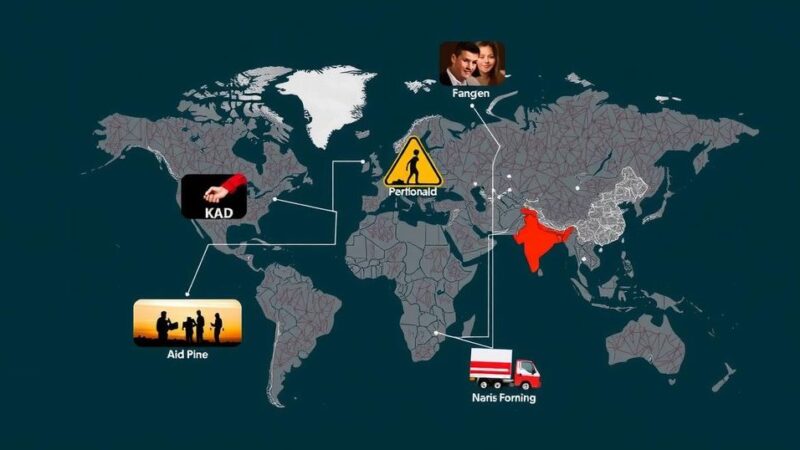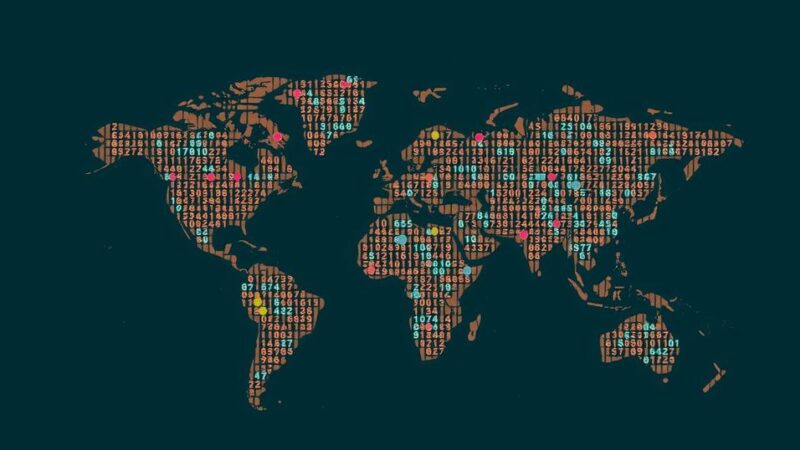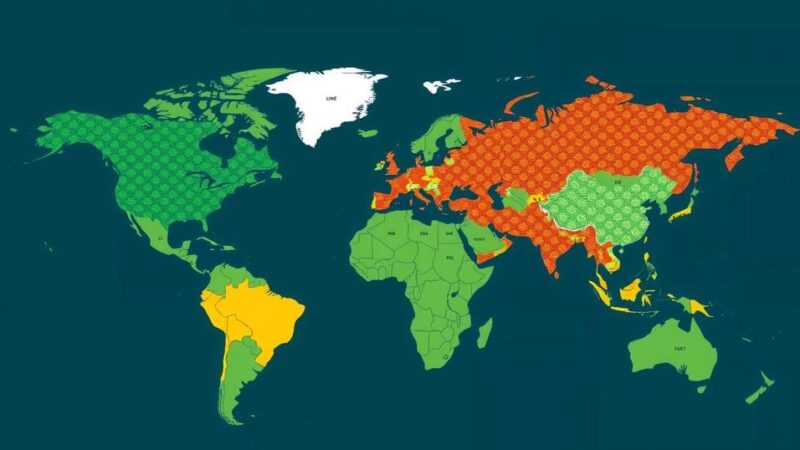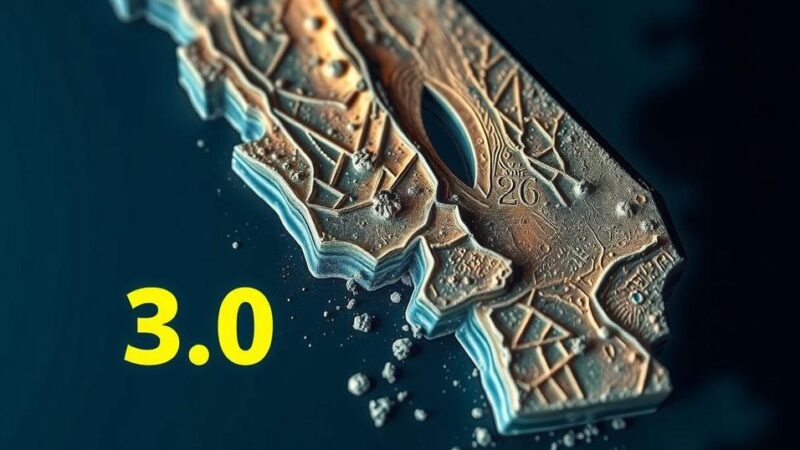Hurricane Oscar rapidly intensified from a tropical wave to a hurricane within a day, initially evading major forecasting models. Human observation and reconnaissance missions played crucial roles in predicting its path, but the small size of the system posed significant difficulties for accurate forecasting. The urgency of the situation provided affected areas less than a day’s notice to prepare for the hurricane’s landfall in the Bahamas and Cuba.
On Friday evening, meteorologists noted a disorganized tropical wave situated off the eastern coast of Puerto Rico, which had only a 10% likelihood of intensifying over the weekend. By Saturday afternoon, however, the situation changed dramatically as the system transformed into Hurricane Oscar, making its approach towards the Bahamas. Experts have indicated that the storm initially escaped the notice of major forecasting models, but human observation and data collection by researchers and pilots played a crucial role in alerting authorities about the impending hurricane. Philippe Papin, the forecaster at the National Hurricane Center, recognized anomalies in passive microwave imagery, a satellite technology that provides insight into atmospheric conditions beneath cloud cover, suggesting the formation of a significant low-level circulation. Papin remarked, “It became pretty clear that a small circulation was developing… We had to shift gear in a short period of time.” Consequently, the hurricane center issued its inaugural forecast for Tropical Storm Oscar by 11 AM, signaling a warning for the Bahamas. At the same time, a team of Hurricane Hunters from St. Croix was dispatched to gather data from the storm’s vicinity. The reconnaissance revealed a system much more developed than previously assessed, with the aircraft detecting tropical-storm-force winds only 10 nautical miles from the vortex’s center. By 2 PM, Tropical Storm Oscar was officially classified as Hurricane Oscar, making it one of the smaller hurricanes documented in the Caribbean, thus providing affected regions with insufficient preparation time before landfall. As Papin pointed out, “The typical time for issuing a watch is 48 hours of lead time. This was more like 12 to 24 hours. Obviously that is sub-optimal.” After making landfall on Great Inagua Island in the Bahamas on Sunday morning and affecting eastern Cuba by Sunday evening, attention turned towards the forecasting models that failed to accurately predict the storm’s intensity and trajectory. Initially, the system, which ultimately became Oscar, was tracked as it departed the African coastline over a week prior, with models predicting a potential development into a tropical depression. However, subsequent assessments indicated a significant influx of dry air that appeared to suppress its organization. Consequently, by Friday, no leading hurricane models foreseen any tropical storm formation in the Atlantic or Caribbean for the upcoming week. Phil Klotzbach of Colorado State University explained, “I think the models just had a hard time resolving the circulation before they got the recon in there. It’s not like the models didn’t have signals; they had them and then it killed them off.” Fortunately, the data acquired from the reconnaissance flight was rapidly incorporated into the forecasting models, enabling them to catch up with Hurricane Oscar, albeit belatedly. According to Papin, the hurricane was decidedly compact, with winds extending only 5 nautical miles from the center. The small dimensions of Oscar contributed significantly to the forecasting difficulties encountered by the models. While Oscar’s radius at the time of its hurricane designation was 34 nautical miles, it did not rival the record-setting small storms such as Humberto in 2007, which had a radius of 26 nautical miles. As Klotzbach summarized, “Even though it’s low, they always had a 10% chance. You just never know. It’s a tough forecast. These small storms are tricky.”
The phenomenon surrounding Hurricane Oscar highlights the challenges faced in accurately forecasting tropical storm developments due to their often rapid intensification and complexity. Computer models, which serve as the backbone of meteorological predictions, can sometimes fail to capture these small systems effectively, particularly when they involve slight circulatory dynamics. The reliance on both advanced satellite imagery and real-time data collection from reconnaissance flights plays a pivotal role in enhancing the understanding of such storms, demonstrating the potent combination of technology and human oversight in weather forecasting.
In summary, Hurricane Oscar’s rapid intensification from a tropical wave to a hurricane illustrates the unpredictability of storm behavior and the limitations of current meteorological models. The successful tracking and alerting of this storm were facilitated by human intervention and reconnaissance efforts, underscoring the importance of real-time data in forecasting accuracy. As experts indicated, the small size of the storm added to the complexities faced by predictive models, reiterating that small storms can present significant forecasting challenges.
Original Source: www.miamiherald.com






